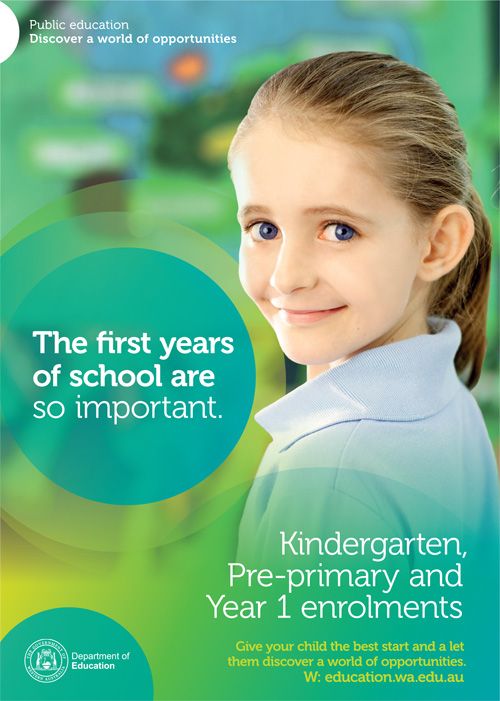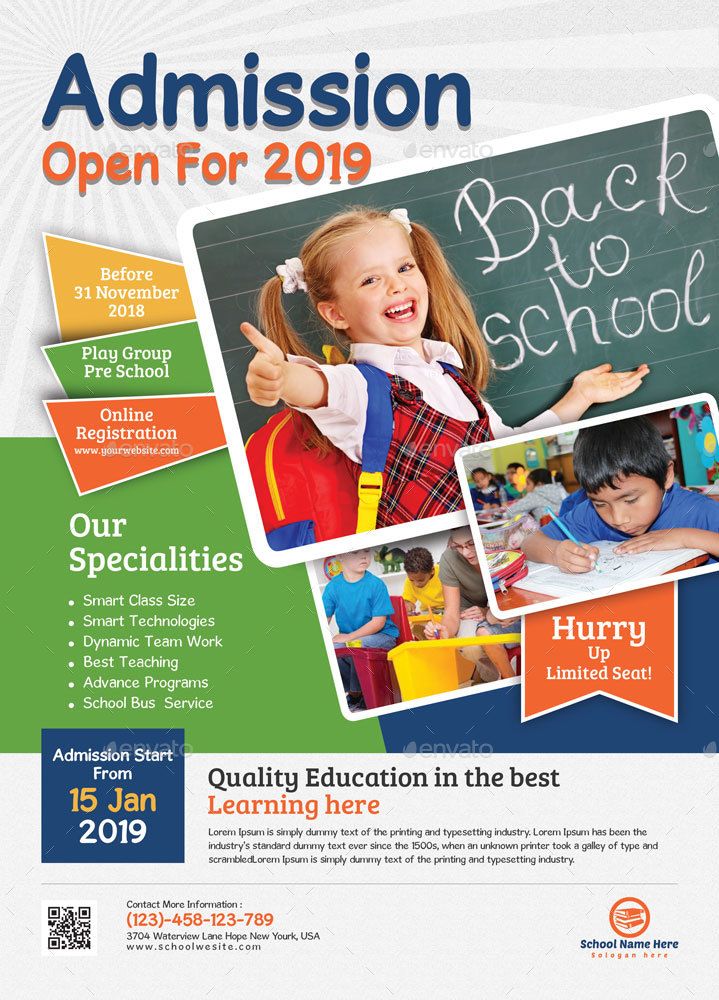

Correspondence Education - Introduction
amit yadav
Lamentably in a developing country like India, higher education has generally remained confined to a particular section of the society, who has both the resources and the time to avail of it. A large part of our population, especially those belonging to the rural areas has been bereft of higher education. In an effort to provide a solution to this problem, efforts have been made to democratize education through novel mode of education – i.e. “correspondence education”.
Correspondence Education is a method of providing education to nonresident students, who receive lessons and exercises through mails and, upon completion, return them for analysis, criticism, and grading to the institute or university concerned. It is being increasingly used by students, business and industry in training programmes, by men and women in the armed forces, and by the governments of many nations as part of their educational program. It supplements other forms of education and makes independent study programs readily available.
Correspondence education has opened a new window of opportunities for those who have craved for further studies. In a way it has helped numerous professionals, dropouts (school & college), housewives, etc to accomplish their unfinished dreams. It has immense relevance, particularly in a country like India, where pursuing education is a pricey affair. We receive scores of career queries everyday, which again is a shinning testimony of the great curiosity among the discerning users to know about the various options that education has to offer.
Originally correspondence courses were largely confined to vocational subjects. However these days, universities and institutes also offer such courses in virtually any field of study and possibly in all levels. Many of the subjects are not generally given in residence schools.
Indian Scenario
In India correspondence education has a very long history. After the concept of open universities emerged, it lost some point to them. However, these open Universities are also offering correspondence course to students. But some regular Universities like University of Delhi, Jamia Millia University, and Madurai Kamaraj University are in the top list of correspondence course.
Global Perspective
Correspondence courses were first offered in Great Britain, Germany, and the United States but spread rapidly throughout the world. The correspondence movement emerged in the mid-19th century, fuelled by the need for an educated trade and working class brought on by industrial and urban development, and facilitated by the development of improved printing and postal services.
Technological advances and a quantum leap in the electronic and communications field has changed the face of education today, most particularly that of correspondence education. It is important to note that over the past two decades many correspondence study programs have developed significantly greater use of interactive educational technologies such as audio teleconferencing and computer conferencing.
Methods
Correspondence education is an independent mode of education, which does not require a real-time interaction between students and teachers. In this education system, a student can study at home, receive the exam paper by post and send back assignments by post.
Instruction may be entirely by correspondence or by a combination of home study and resident seminars or laboratory work. It may include sound records or tapes, slides, films, videotapes or videodisks, teaching machines, computers, and the use of telephone, radio and television at times. The advent of electronic mail in the late 20th century the advent of electronic mail (correspondence delivered by means of electronic printing or display devices) has remarkably increased the communication between the student and the university or institute concerned.
Some courses may also include kits of tools or instruments and materials to be processed, as well as texts and study guides. Courses in Braille and on records or cassettes are also available for the visually challenged.
Advantages
The flexibility of time helps the students to prepare for the exam comfortably. The systematic instructional material, instructional design and self-instructional material help the independent learners in a significant way. The strategy, stages and steps in effective lesson writing are really helping the students to develop themselves. It is also very economical, which can be afforded by all sections of the people.
Being an `industrialized’ form of education, it has reduced human contacts which occur only in the feedback stage of the process. However this is taken care of by means of periodic assignments for submission.
In a nut shell the merits of correspondence may be listed as below:
- Student is more active and self directed in learning environment
- Well planned instructional design and self-instructional material
- Easy schedule
- Students can engage courses at home
- Economical and affordable for every one
- Can pursue a job along with education
- Suitable for Drop out students, housewives and others doing a job who could not complete their education for some reason.
Suitable For
- Drop out students
- Economically Weaker and working professional
Universities Offering Correspondence Education
The following Institutes / Universities provide Correspondence Education in India. To know more about the courses / Institute / University please select from the following.
- Acharya Nagarjuna University
- Alagappa University
- Andhra University
- Anna University
- Annamalai University
- Bangalore University
- Barkatullah University
- Berhampur University
- Bharathiar University
- Bharathidasan University
- BITS Pilani
- Chaudhary Devi Lal University University Centre for Distance Learning
- Dayalbagh Educational Institute
- Delhi University
- Dibrugarh University
- Dr. Hari Singh Gour Vishwavidyalaya
- Dr. Babasaheb Ambedkar Open University
- Dr. B.R. Ambedkar Open University
- Fakir Mohan University
- Gandhigram Rural Institute
- Gauhati University
- GGSIPU – Directorate of Distance Education
- Gujarat Vidyapeeth
- Guru Ghasidas University
- Gurukula Kangri Vishwavidyalaya
- Guru Nanak Dev University Centre for Distance Education (GNDU CDE)
- Himachal Pradesh University
- Jamia Hamdard Open and Distance Learning Center
- Jayoti Vidyapeeth Women’s University
- Jiwaji University Institute of Distance Education
- JNTU – School of Continuing & Distance Education
- Kakatiya University School of Distance Learning and Continuing Education
- Kannada University
- Kannur University School of Distance Education
- Karnataka State Open University (KSOU)
- Karnataka University
- Kurukshetra University Directorate of Correspondence Courses
- Kuvempu University Directorate of Distance Education
- Madhya Pradesh Bhoj University
- Madurai Kamraj University Directorate of Distance Education (MKU-DDE)
- Maharashi Dayanand University Directorate of Distance Education, Rohtak
- Mahatma Gandhi University School of Distance Education (MGU-SDE)
- Manipal Academy of Higher Education (MAHE)
- Manonmaniam Sundaranar University Directorate of Distance and Continuing Education
- Nalanda Open University
- National Law School of India University Distance Education Department
- Netaji Subhas Open University (NSOU)
- NMIMS University School of Distance Learning
- North Eastern Hill University Centre for Distance Education
- Osmania University – PGRR Center for Distance Education
- Panjab University Department of Correspondence Studies
- Patna University Directorate of Distance Education (PUDDE)
- Periyar Institute of Distance Education (PRIDE)
- Pondicherry University Directorate of Distance Education
- Rani Durgavati Vishwavidyalaya Directorate of Distance Education
- Sikkim-Manipal University of Health, Medical & Technological Sciences (SMUHMTS) Distance Education
- Sri Krishnadevaraya University Centre for Distance Education (SKUCDE)
- Sri Padmavati Mahila Visvavidyalayam Distance Education Centre
- Sri Venkateswara University Directorate of Distance Education (SVU DDE)
- Symbiosis Centre for Distance Learning (SCDL)
- Tamil Nadu Open University (TNOU)
- Thapar University Department of Distance Education (TUDDE)
- The University of Burdwan
- University of Calicut School of Distance Education
- University of Hyderabad Center for Distance Education (UoH CDE)
- University of Kerala – Institute of Distance Education
- University of Madras – Institute of Distance Education
- University of Mumbai – Institute of Distance Education
- University of North Bengal – Directorate of Distance Education
- University of Petroleum and Energy Studies Centre for Continuing Education
- Utkal University
- Uttar Pradesh Rajarshi Tandon Open University
- Vardhaman Mahaveer Open University
- Vinayaka Mission’s University
- Yashwantrao Chavan Maharashtra Open University
Related Links

Latest
Articles
CBSE Compartment Result 2023 OUT: Click For Direct Link
Home CBSE Compartment Result 2023 OUT: Click For Direct Link The CBSE 10th Compartment Result 2023 is expected to be
IIT Roorkee Launches Professional Certification Program in Product Management
Home IIT Roorkee Launches Professional Certification Program in Product Management The fees five-month long programme is for Rs 1,40,000 +
Join Our Whatsapp Community
Lorem ipsum dolor sit amet, consectetur adipisicing elit, sed do eiusmod tempor incididunt ut labore et dolore magna aliqua. Ut enim ad minim veniam, quis nostrud







